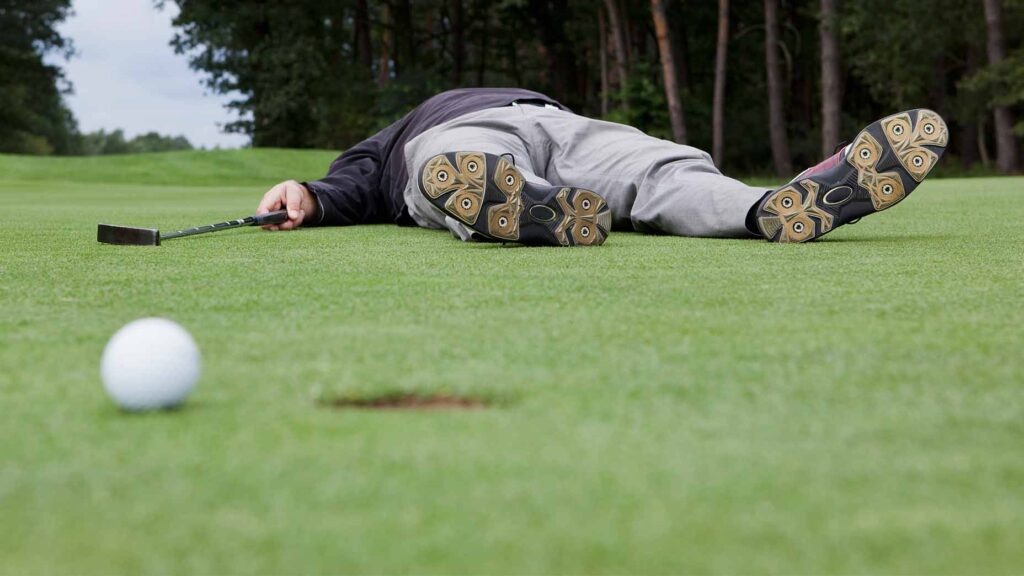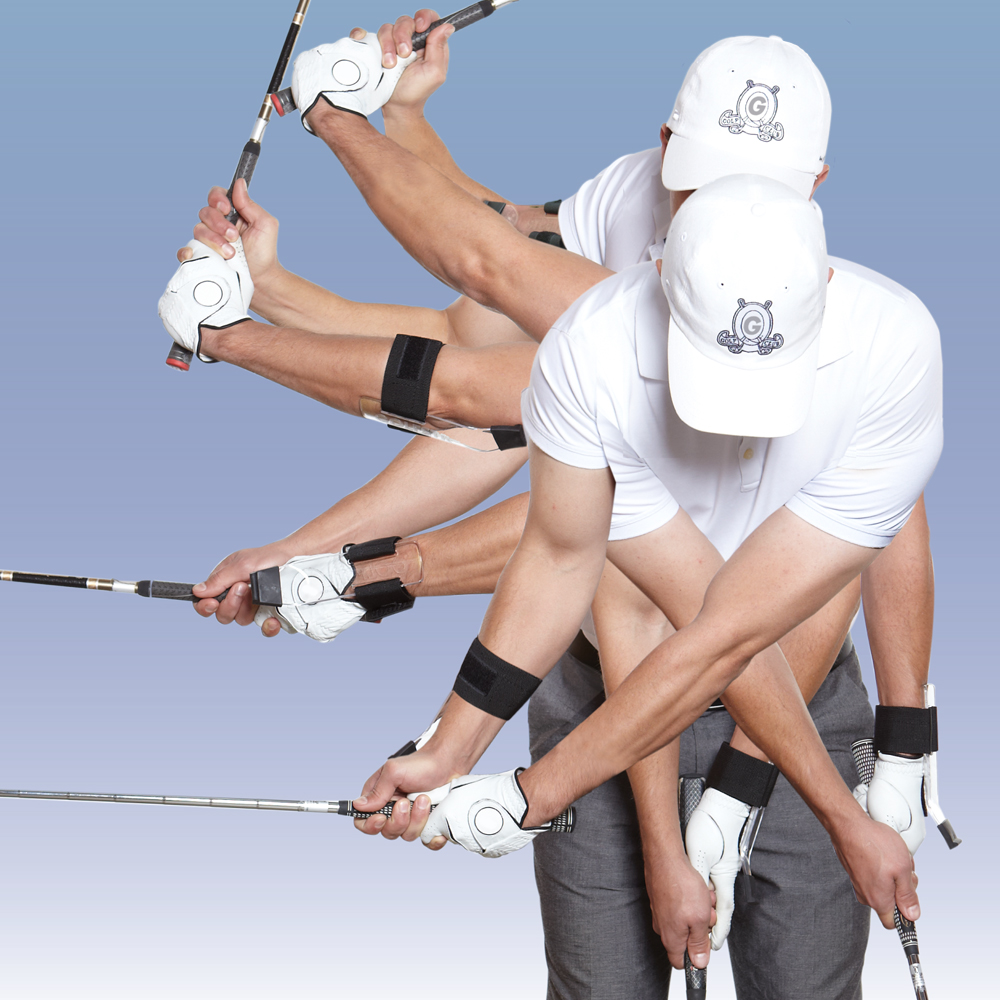Lining up your shot is critical for your success in golf. Unfortunately, too many golfers are too casual about their approach in getting the best line up for the shot and the swing that they should be taking. Deciding on the right swing for draw or fade and then setting up your line-up both contribute to your success.
Success in golf depends on hitting more fairways and greens in regulation. If it was easy to hit every shot straight with every club, then this game would be much easier. If you played golf with a pool cue instead of clubs which swing around your body, then straight shots would be easy. In golf you have no choice but to plan for the draw or fade before you line up every shot. Controlling the direction of the face of your club at impact and the direction of your swing will both determine the direction of your ball.
You will never be a great golfer until you control your draw or fade as well as choosing the right direction in order to choose the point where you want your ball to land.
1/ It’s up to you to practice creating a draw or fade for the shot that you want. Because your club is swinging around your body, your best opportunity to add distance, is to aim to the right side of your target (for right-handed golfers) and slightly close the face of your club to add draw to your ball flight.

2/ I like Jack Nicklaus’ approach to line up shots. Stand behind the ball, choose your target line and then pick a point in the grass about 2 or 3 feet in front of your ball along your target line. [In the photo above he also used his club to line up his shoulders square to his target line.]
3/ Move forward to line up your feet parallel to your target line and then take a practice swing with your chosen club for the shot that you want to make. [Some recommend taking your practice swing before you move forward to your ball but this spoils your chance to line up and feel the swing for the shot on the line that you want to take.]
4/ Move forward to you ball and take a final look up along your target line to the point where you want your ball to land. Visualize your shot and then trace back to your ball to execute your perfect swing to a balanced finish.
Practice with GOLFSTR for every shot in your game but make sure that you FEEL your swing on the line that you chose before you execute your shot. Buy one today at www.GOLFSTR.com











